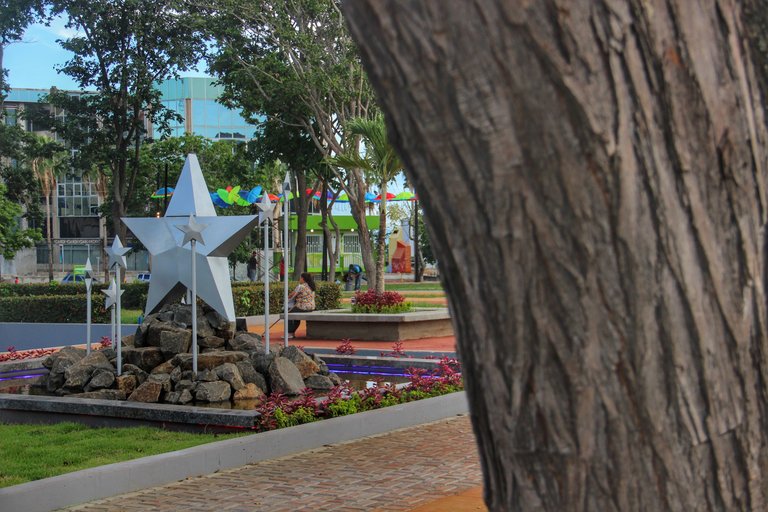
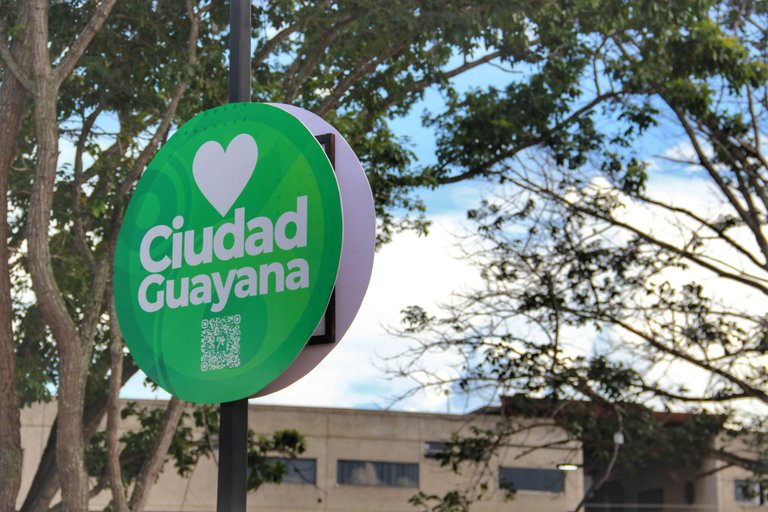
Yesterday, after leaving work, I was walking around the city of Puerto Ordaz, Bolívar state - Venezuela, and I passed by the well-known Plaza del Hierro, an emblematic square of this region, well known by the inhabitants, but for many years it was completely abandoned, and to my surprise, this square was restored, so I wanted to take some photos of this progress, because until recently this square was in a deplorable state, being so abandoned that this place was unrecognizable, or at least as I remembered it from my childhood.
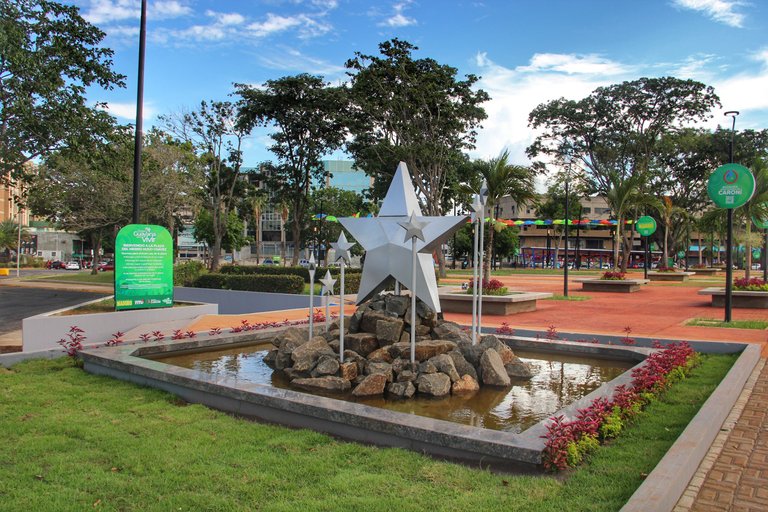
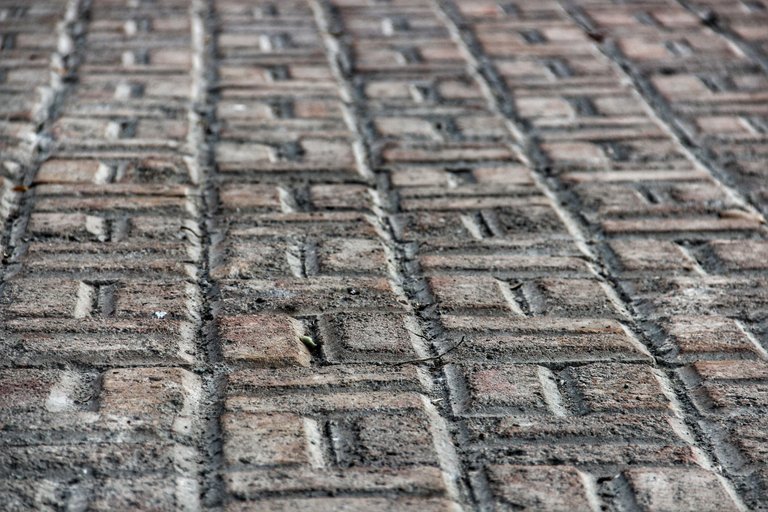
The Plaza del Hierro owes its name to the industrialization of the city, because here there are a number of companies that are in charge of the exploitation of minerals and of course iron is one of those items that has been exploited for many decades, being part of a very important economy for the development of this city and also in part of the country.
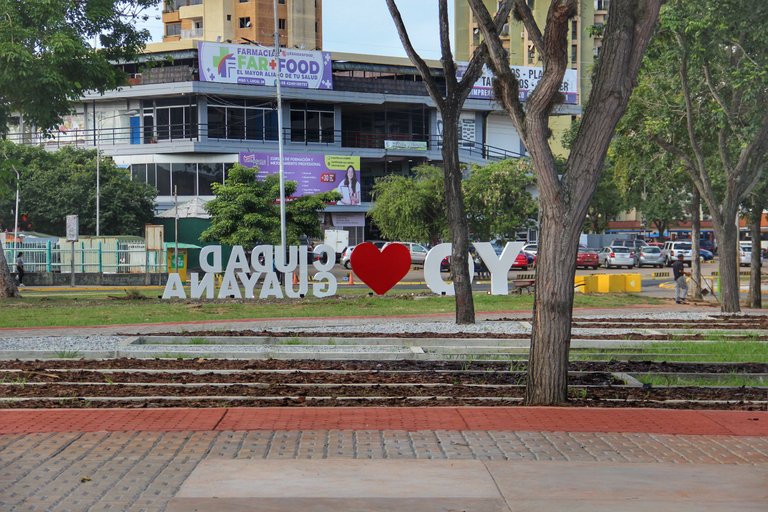
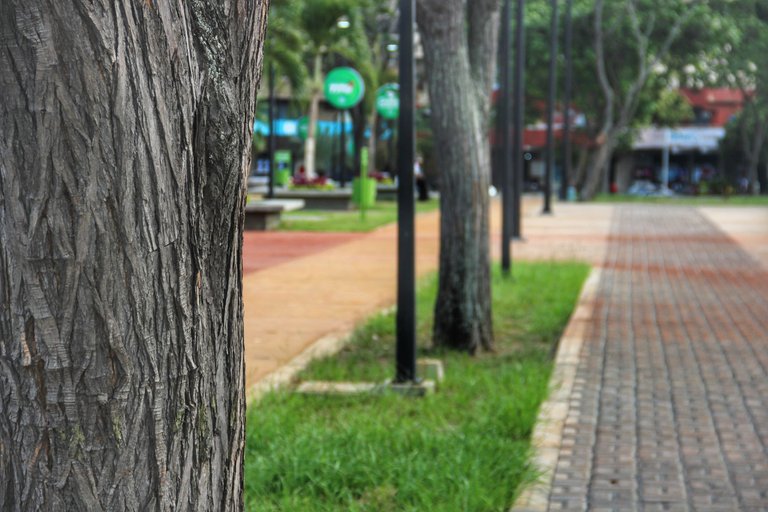
The Plaza was founded on December 29, 1985, as part of the development of the city's infrastructure. It is not a very striking plaza or as it is usually known as a Plaza Bolívar in the country, where there are in almost all towns and cities, but nevertheless this plaza became a symbol of the city, a reference point for the entire state, as well as a place that served as a space for the inhabitants and also where some cultural events were held.
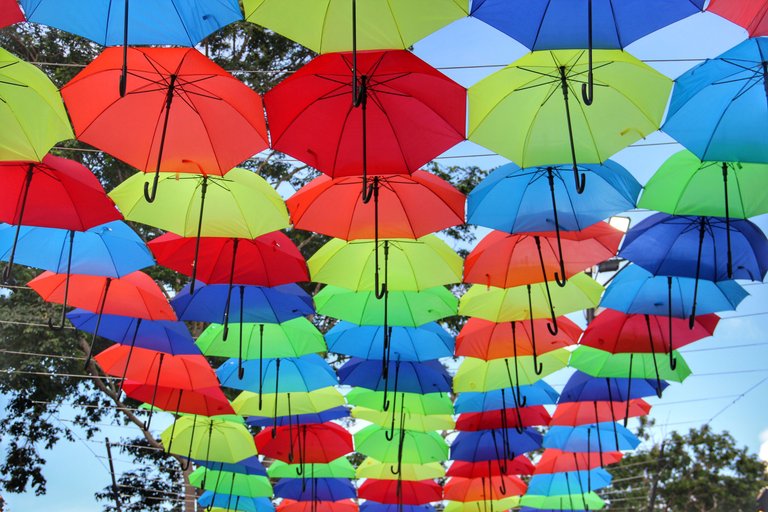
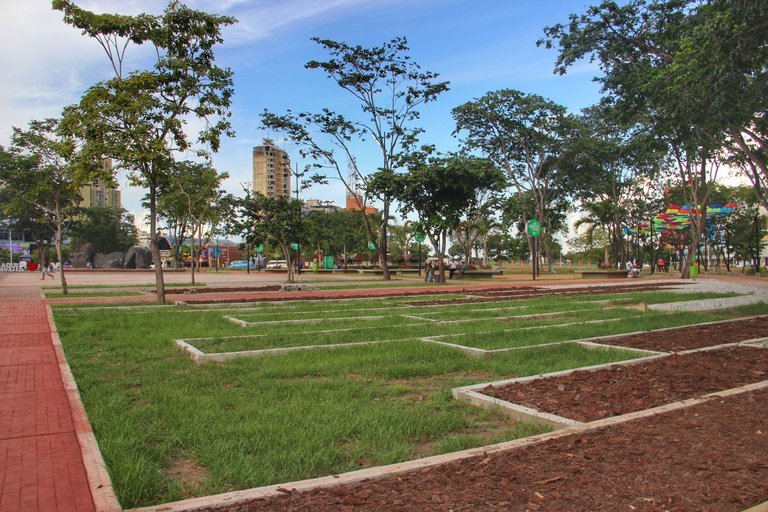
Regarding who built this plaza, it is the C.V.G, an important corporation in charge of the administration of all companies. This institution has of course been in charge of the planning of the city, as a result of its own production from mineral exploitation, those profits were being invested so that the metropolis would continue to grow.
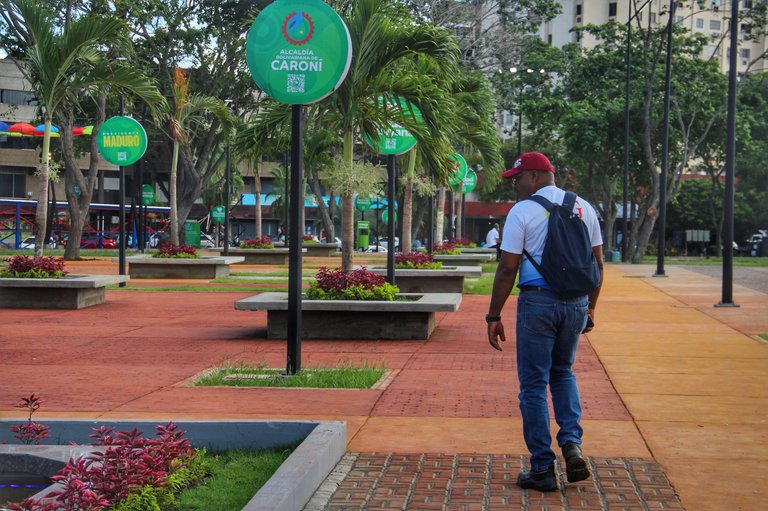
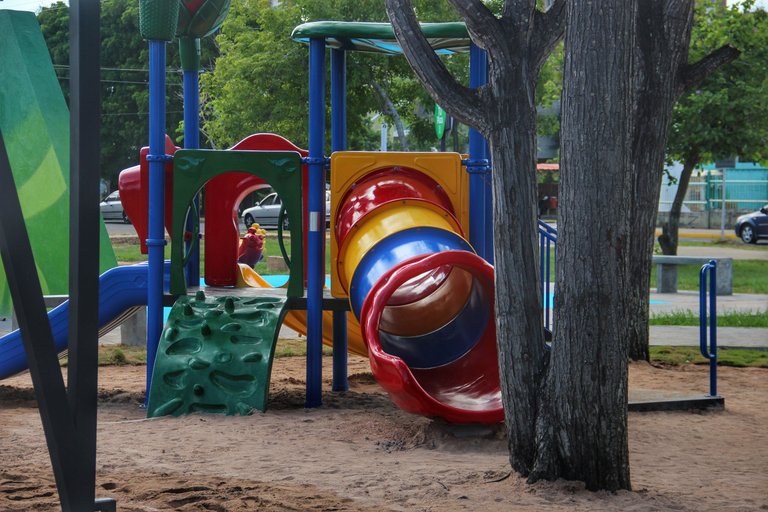
At this time, the mayor of the Caroní municipality was in charge of carrying out this restoration. They made the decision to reshape these areas, which include some sculptures such as the symbolic iron ore, benches to sit on, walkways, green areas and even a children's park, which did not exist before. However, they removed a train car that was part of the aesthetics of the plaza. I would have liked them to leave it as an important installation of the place.

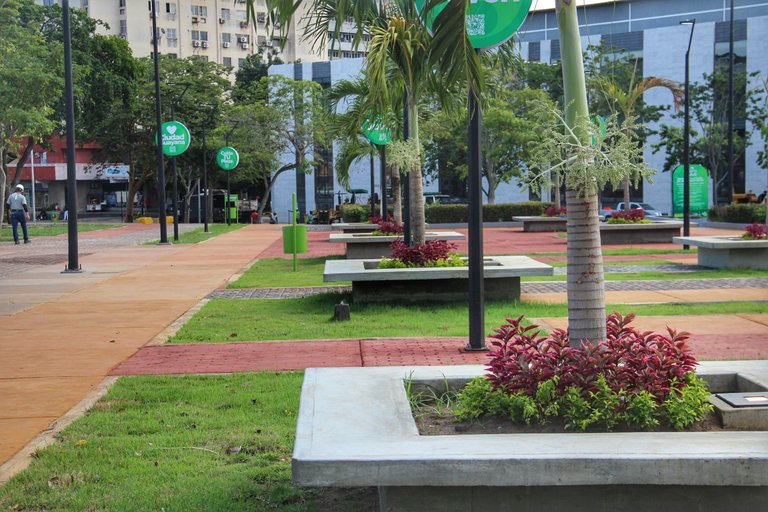
It is important to see how they are rescuing certain points of the city that have been in total abandonment, which at some point were important references of the region and the country. In this way, these positive actions beautify the city and create that harmony that the inhabitants can have with these places that serve as part of their routine or a place to spend a pleasant time. At least that is part of the function of a plaza, and I hope that its facilities can be maintained so that future generations can enjoy these places that are emblematic for the city, as a symbol and trace of those people who gave their effort in building this plaza.
All photographs are my own.





